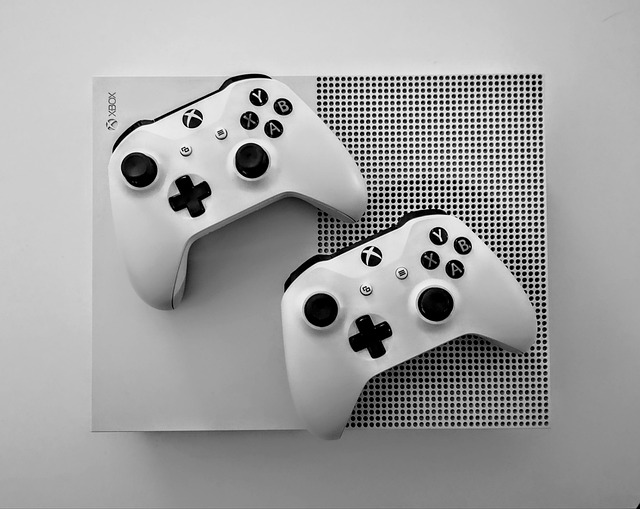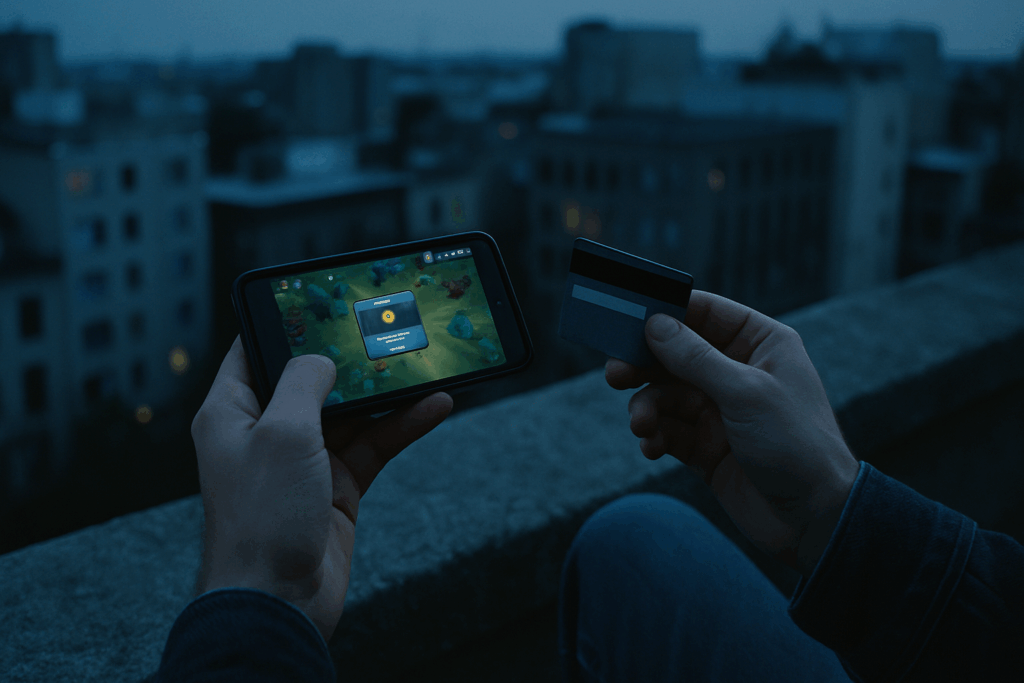What Is Cozy Gaming?
Cozy gaming is a rapidly growing genre that prioritizes relaxation over competition. It’s about creating a soothing experience that invites players to unwind, not perform. Defined by its gentle aesthetics, low-pressure mechanics, and emotionally rich worlds, cozy games offer a welcome escape from high-stress gameplay.
Core Elements of Cozy Games
Cozy games are less about winning and more about feeling good. Common traits include:
- Low-stress gameplay: No timers, endless lives, and few (if any) fail states
- Gentle visuals: Soft colors, hand-drawn art, and comforting environments
- Relaxed pacing: Gameplay that rewards patience, exploration, and personal stories
- Emotionally driven narratives: Often deal with themes like friendship, healing, or community building
These games emphasize personal control and emotional depth, encouraging play sessions that feel restorative rather than exhausting.
Popular Cozy Game Titles
Some of the most beloved names in cozy gaming help define the category:
- Stardew Valley: A peaceful farming RPG where players focus on growing crops, building relationships, and finding rhythm in simple routines.
- Animal Crossing: A life-simulation game that lets you build and customize your island while forming bonds with charming animal neighbors.
- Spiritfarer: A heartfelt indie game where you guide spirits into the afterlife, rich with care-based gameplay and hand-drawn beauty.
These titles are deeply rooted in emotional connection and world-building, offering players moments of joy and pause.
Cozy Games vs. High-Stakes Games
Cozy games differ sharply from high-intensity genres such as first-person shooters or competitive online arenas. While traditional games often revolve around reaction time, tactics, and risk, cozy games emphasize:
- Creation over destruction
- Comfort over challenge
- Intrinsic rewards over scores or leaderboards
They don’t rely on adrenaline to engage players. Instead, they build long-term attachment and mental ease through consistent tone and low-pressure interactions.
In a gaming world that frequently prioritizes speed and spectacle, cozy gaming offers something slower, softer, and arguably more sustainable for today’s creators and audiences.
In a world constantly buzzing with alerts, feeds, and the pressure to always be on, people are starting to tap out. Especially in gaming and content spaces, burnout is real. Fast-paced, high-stakes formats—the kind that thrive on reaction time and competition—are leaving viewers and creators alike drained. What’s replacing that fatigue is a growing appetite for softness.
Audiences are leaning into content that offers emotional safety. Cozy vlogs, slice-of-life storytelling, digital routines—these kinds of experiences bring down the noise and tension. They’re about presence, not performance. Instead of shouting to be heard, creators are whispering and still getting closer to their audience.
That need for grounding only intensifies during times of global instability. Vlogs that feel like daily rituals or quiet windows into someone else’s world give viewers a break from overwhelm. They soothe. They connect. They’re not just entertainment—they’re refuge.
Cozy gaming isn’t just for casuals anymore. The demographic has expanded, and fast. Hardcore gamers, the same folks grinding hours in ranked shooters or complex RPGs, are now dipping into cozy titles to decompress. These games offer something different: low stakes, clean visuals, and a pace that doesn’t demand constant adrenaline. For many, it’s become the reset button between high-pressure sessions.
Streamers are catching on, too. Instead of wall-to-wall intensity, many are adding chill streams to their schedule. It’s a way to connect differently with their audience, showcase personality beyond gameplay, and avoid burnout. Whether it’s farming sims, cozy life builders, or pixel art puzzlers, this content is pulling solid engagement from a crowd that once looked the other way. Cozy gaming is no longer niche background noise. It’s a part of the main playlist.
The cozy trend isn’t just alive—it’s evolving. What started as a niche led by indie developers has turned into one of the most-watched corners of gaming. Small studios still set the tone with heartfelt storytelling and lo-fi aesthetics, but now even big AAA players are paying attention. They’re not just imitating the style—they’re hiring talent from the space and investing in projects with handcrafted warmth.
The line between cozy and action is blurring too. Developers are blending combat with comfort, tension with tenderness. Think farming sims with dungeon runs. Cozy games aren’t passive anymore, but they’re still grounded in emotional safety and creative freedom.
Platforms are catching up. Steam has started curating cozy sections. Nintendo’s eShop puts these titles front and center. The result? More discoverability, more downloads, more momentum. Cozy is no longer a category—it’s a movement.
Emotional storytelling and surprisingly deep mechanics
Vlogs in 2024 aren’t just fast cuts and viral hooks. The genre is leaning harder into emotional storytelling, even in formats that seem casual or off-the-cuff. Creators are weaving full arcs into their content—whether it’s a slow breakup, a personal transformation, or just a quiet week in the life. The depth hits differently because it’s real, and viewers are sticking around for more than just surface-level drama.
Oddly enough, routine is winning over rivalry. Instead of chasing controversy or feud-based clicks, vloggers are drawing people in through rhythms that feel more like comfort TV. Morning rituals, weekly grocery runs, small wins—they all create a grounded sense of agency that audiences relate to. There’s a shift from watching to compete to watching to connect.
Customization and creativity tie it all together. The best vloggers are crafting worlds as specific as their voice. Whether it’s through custom editing styles, niche props, or deeply personal settings, it’s less about polish and more about personality. That shift is clear: viewers aren’t just consuming content, they’re investing in creators because they see a little of themselves reflected back.
For years, cozy games got written off by competitive players as casual fluff. But that tune is changing. Titles like Stardew Valley, Animal Crossing, and A Short Hike offer something many high-intensity games lack—mental recovery. Even pro players are now weaving in cozy titles between tournaments, using them as a reset instead of a grind.
Some competitive gamers still dismiss them as “non-games.” But others argue cozy titles require a different kind of strategy. It’s about patience, creativity, and long-term planning rather than twitch reflexes. The key distinction isn’t challenge, it’s pace.
Switching between genres has also proven to boost overall gaming satisfaction. Grinding ranked matches day in, day out leads to burnout fast. Cozy games, with their soft edges and slow builds, let players stay in love with games without constantly chasing leaderboards.
Want more on what makes competitive players tick? Take a look at Inside the Mind of a Competitive Gamer: Habits and Mindsets.
Cozy gaming isn’t just a fad; it’s proving to be one of the most promising shifts in the industry. While some trends burn out fast, cozy games are built on comfort-centric design, long-tail engagement, and lifestyle alignment. These titles don’t rely on Twitch shock value or seasonal hype. They prioritize slow burn connection—chill atmospheres, gentle challenges, and feel-good storytelling. That kind of energy doesn’t just disappear; it builds community over time.
Game publishers are beginning to take note. Indie titles started it, but now bigger studios are eyeing how to blend those laid-back mechanics and emotional beats into their own franchises. We’re seeing genre hybrids emerge—cozy horror, cozy RPGs, cozy city builders. Developers are using softer color palettes, lo-fi soundtracks, and calm pacing as hooks, not afterthoughts. And as more players crave decompression over domination, expect storefronts and streaming platforms to create more visibility for these kinds of experiences.
Cozy gaming isn’t a genre anymore. It’s a design philosophy. It’s shaping how players relate to digital spaces and what they expect from play. Less grind, more grounding. And with that shift, the culture of gaming itself is starting to look a little more like home.





